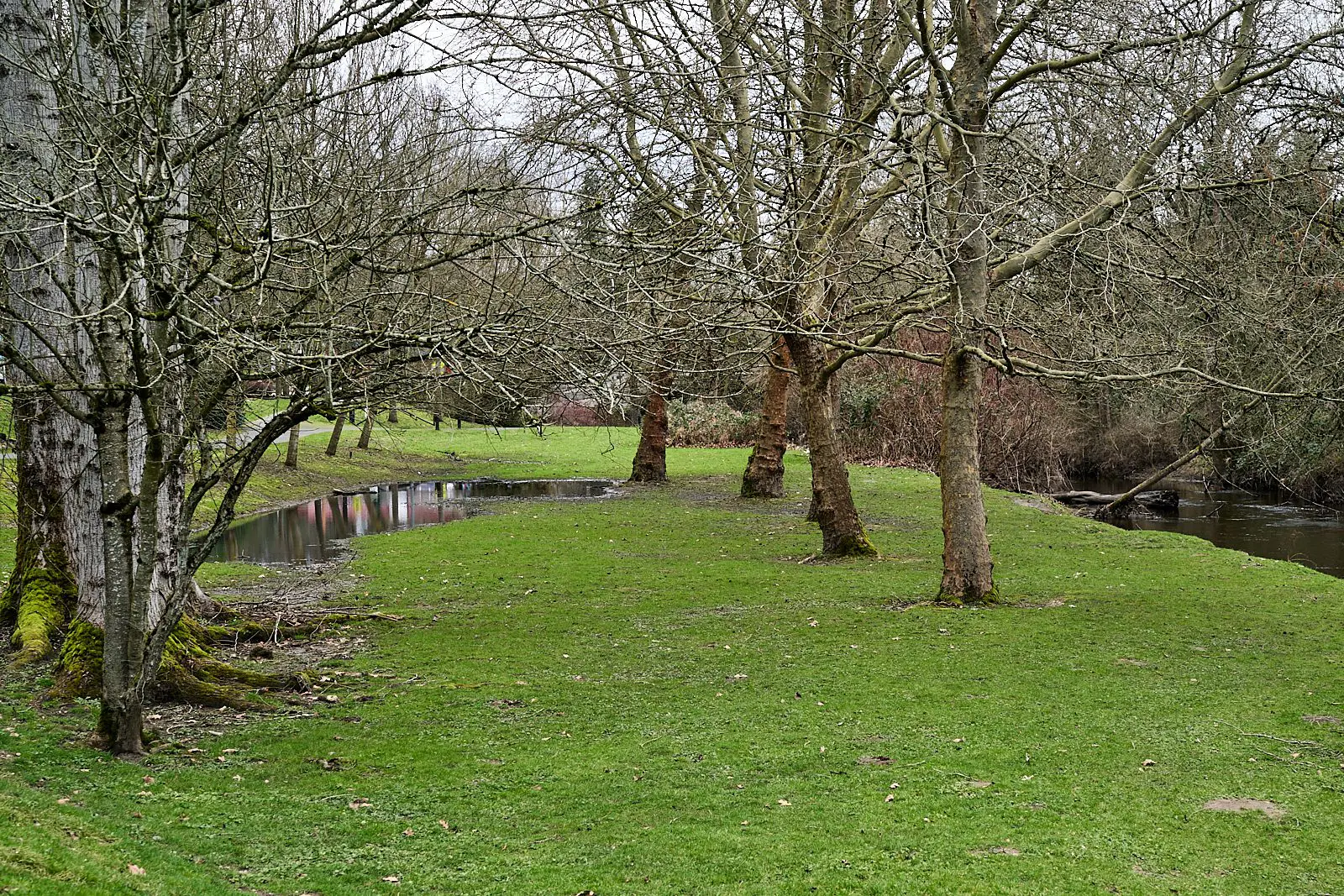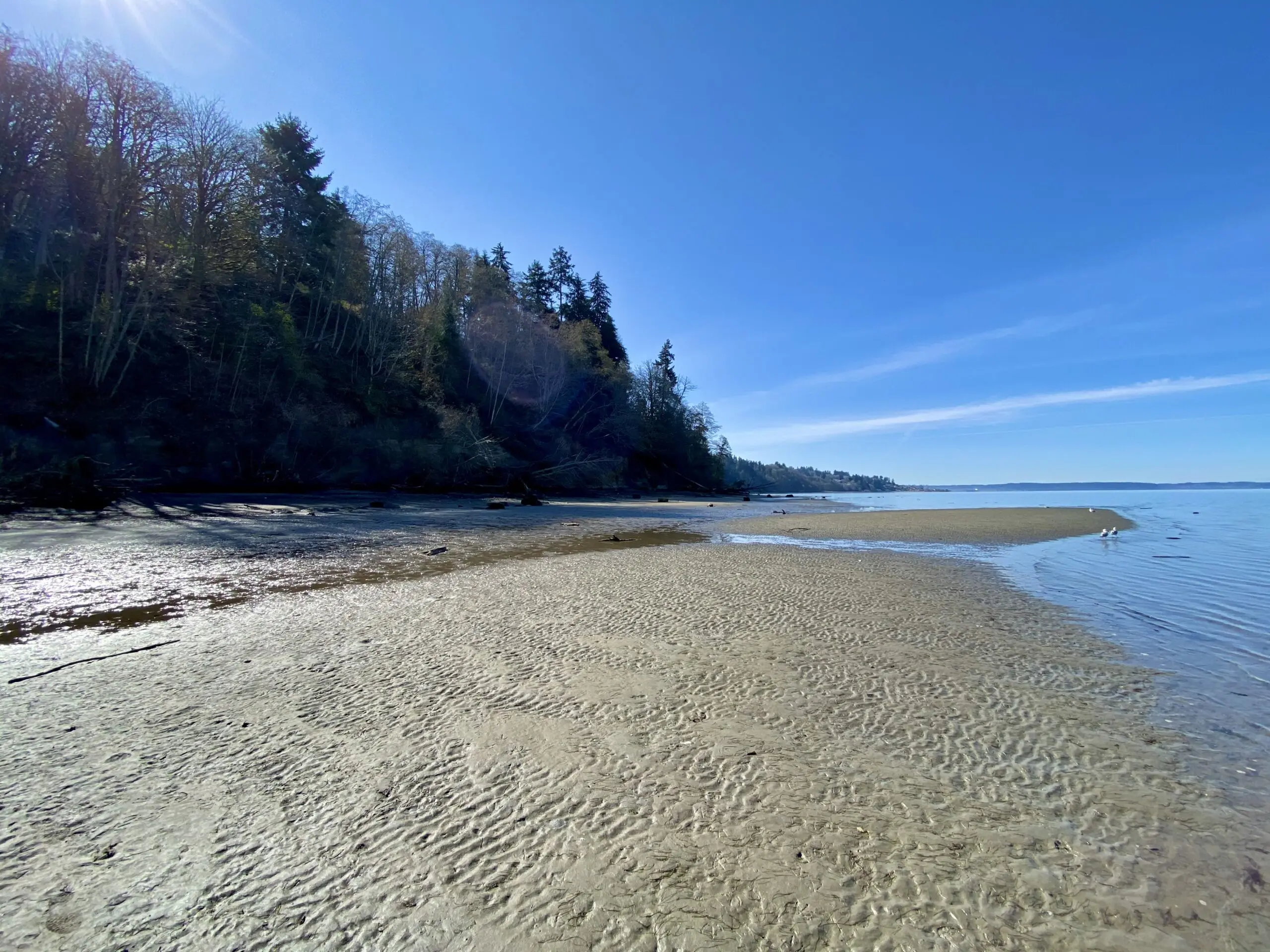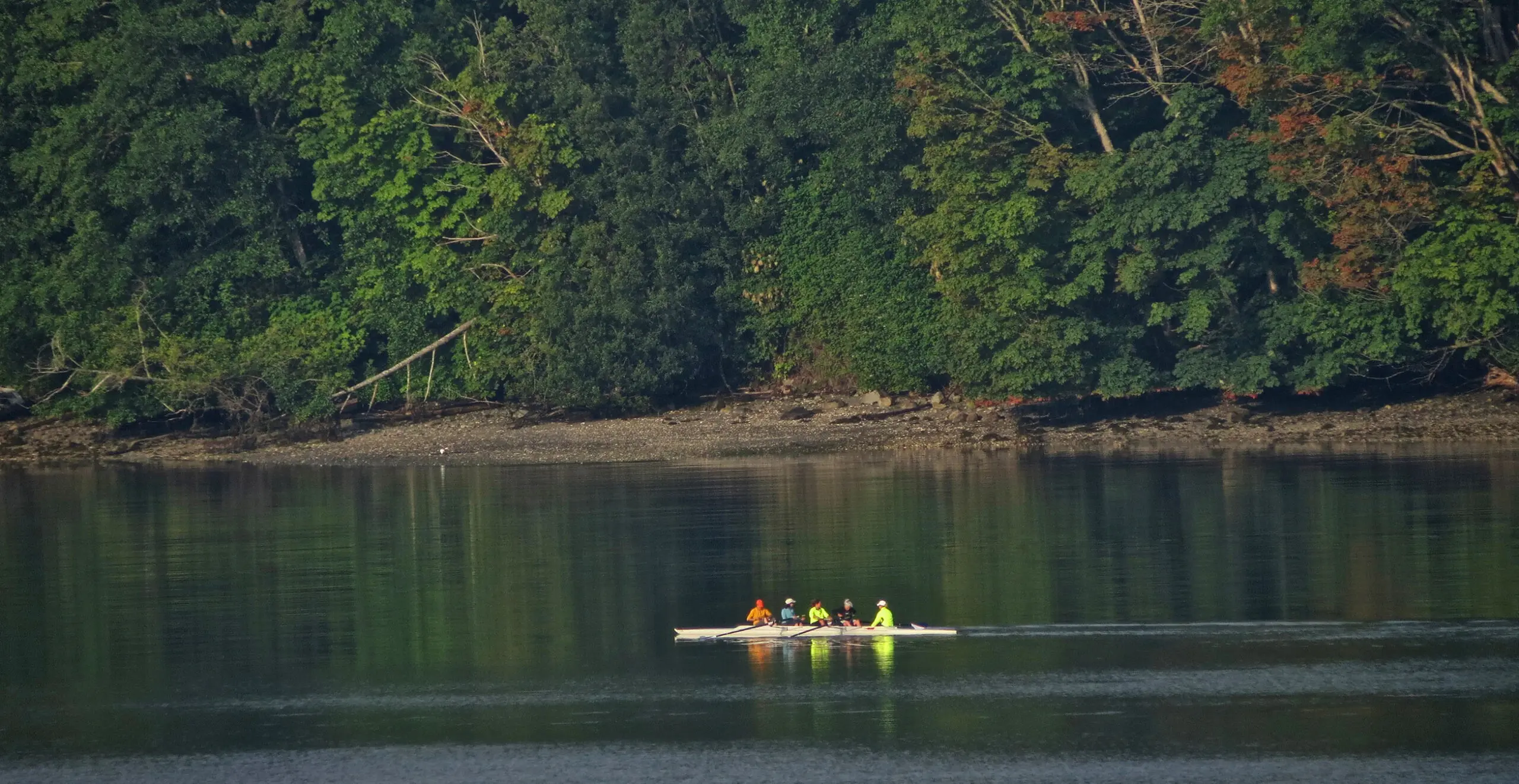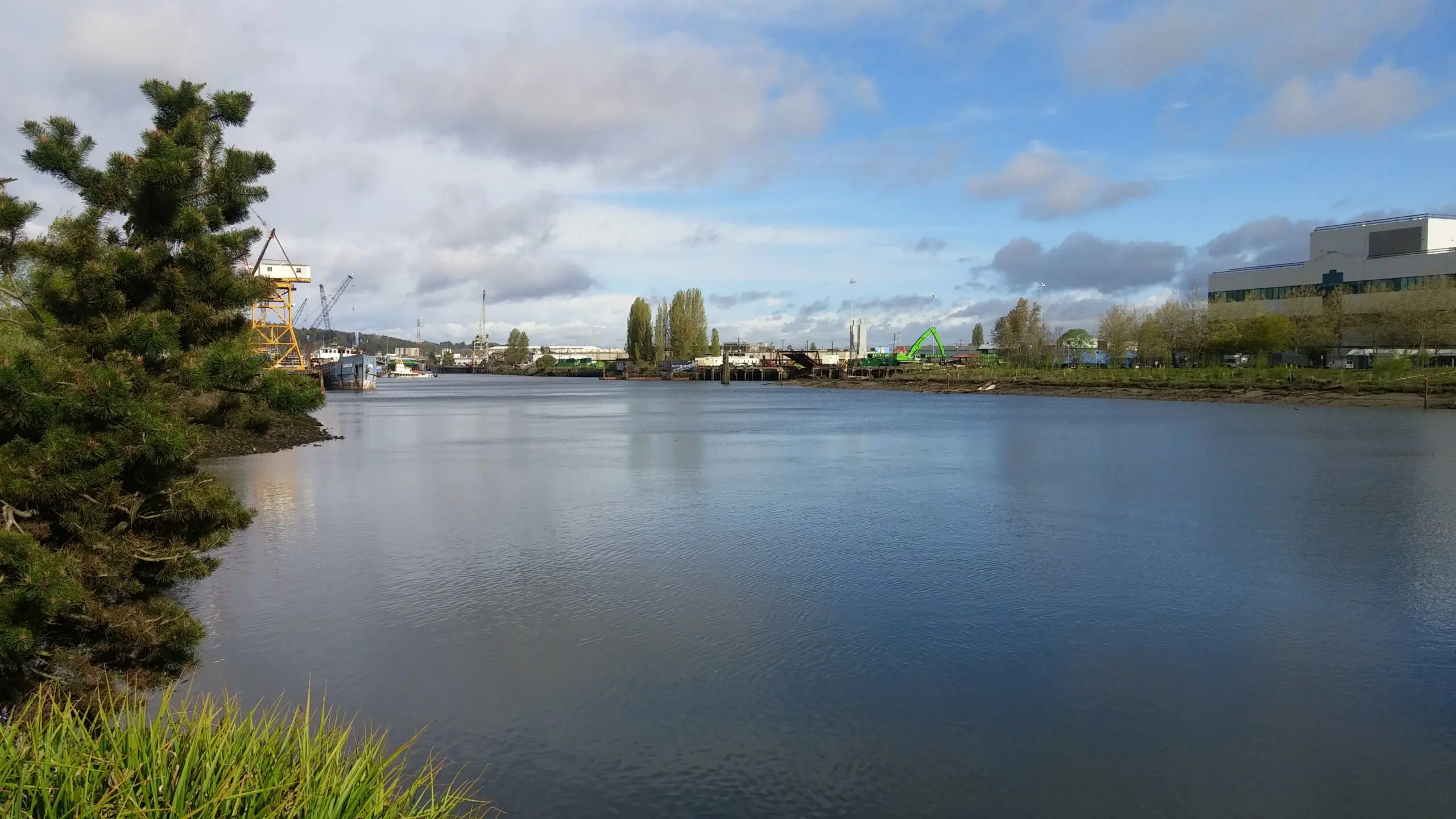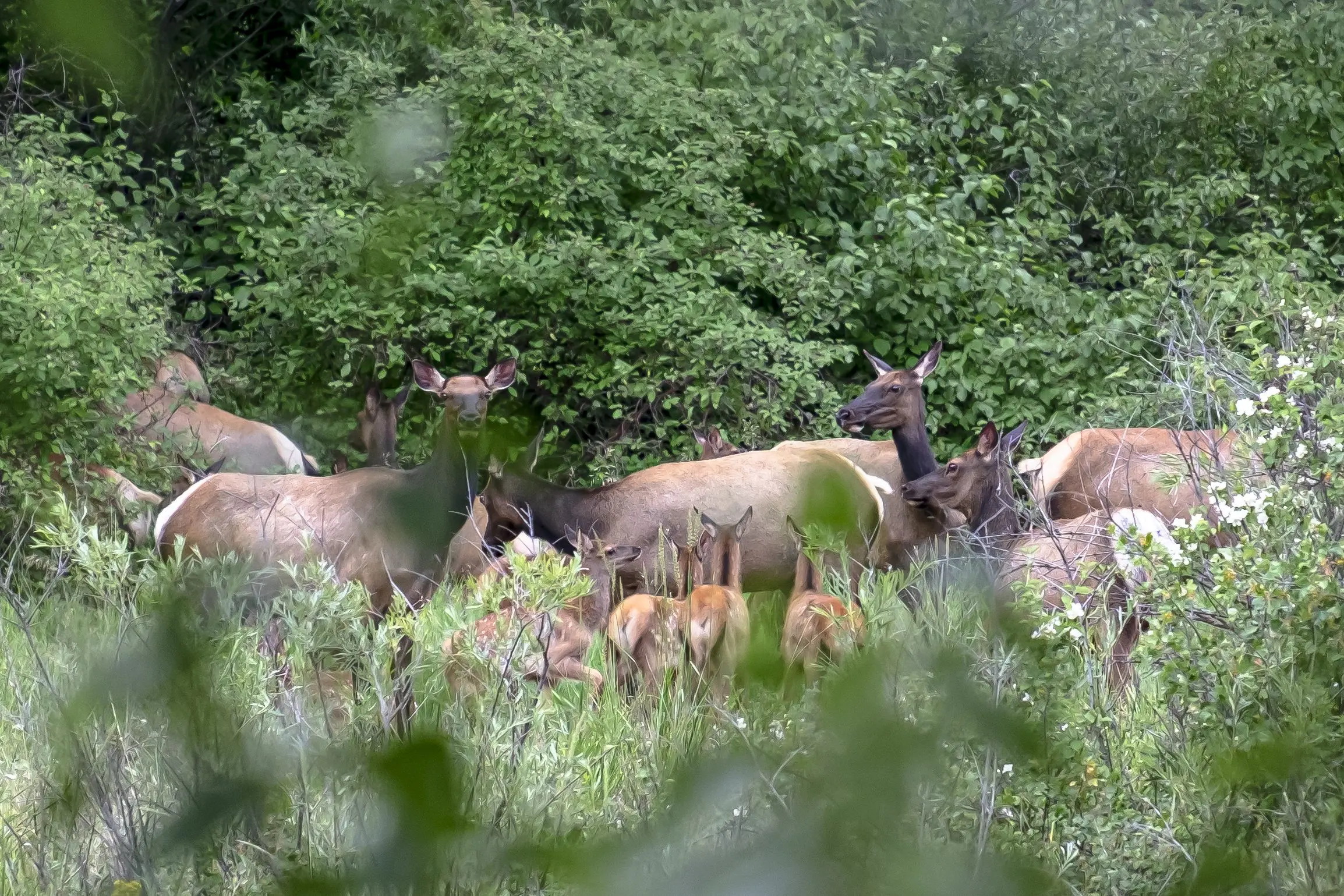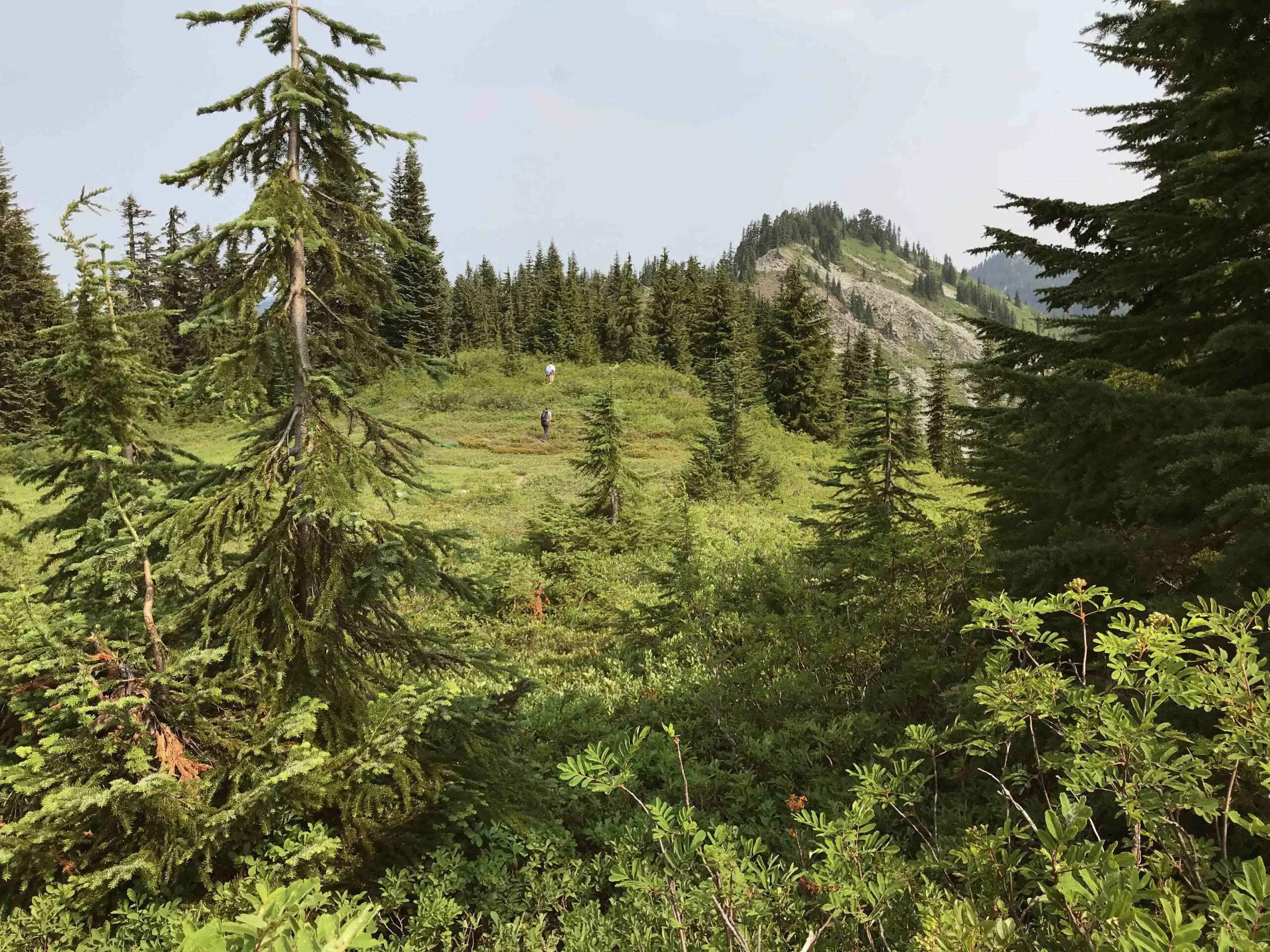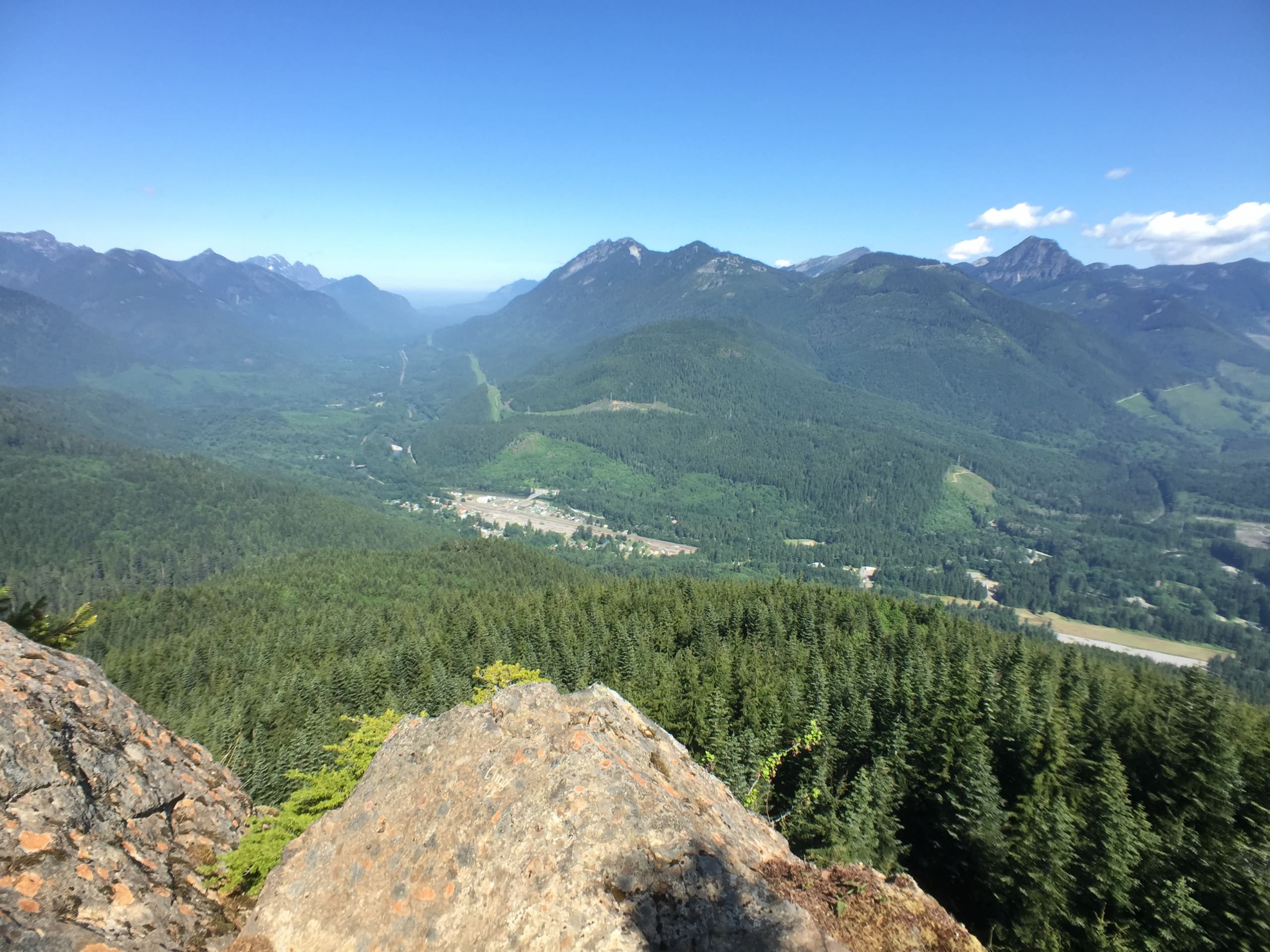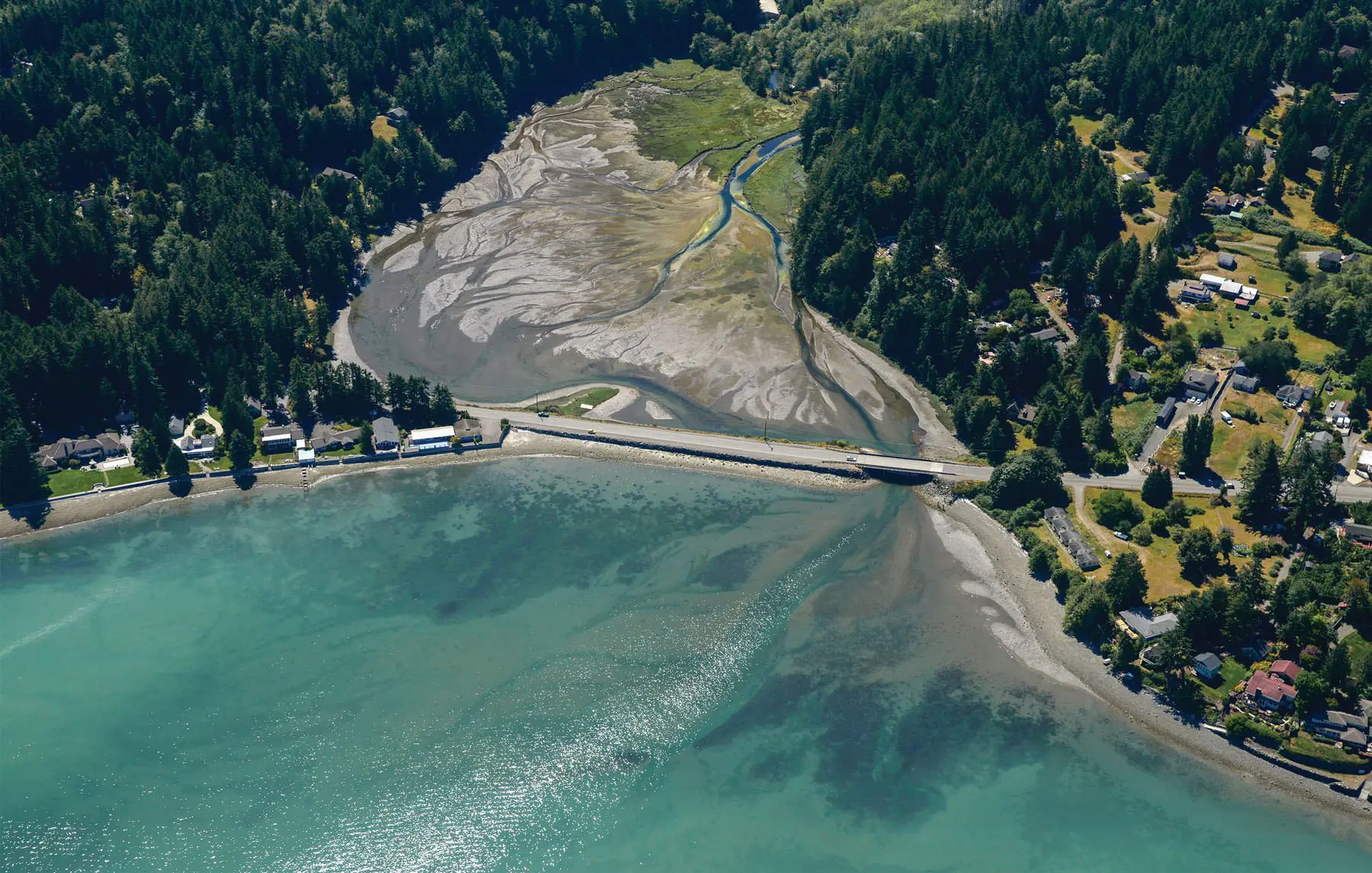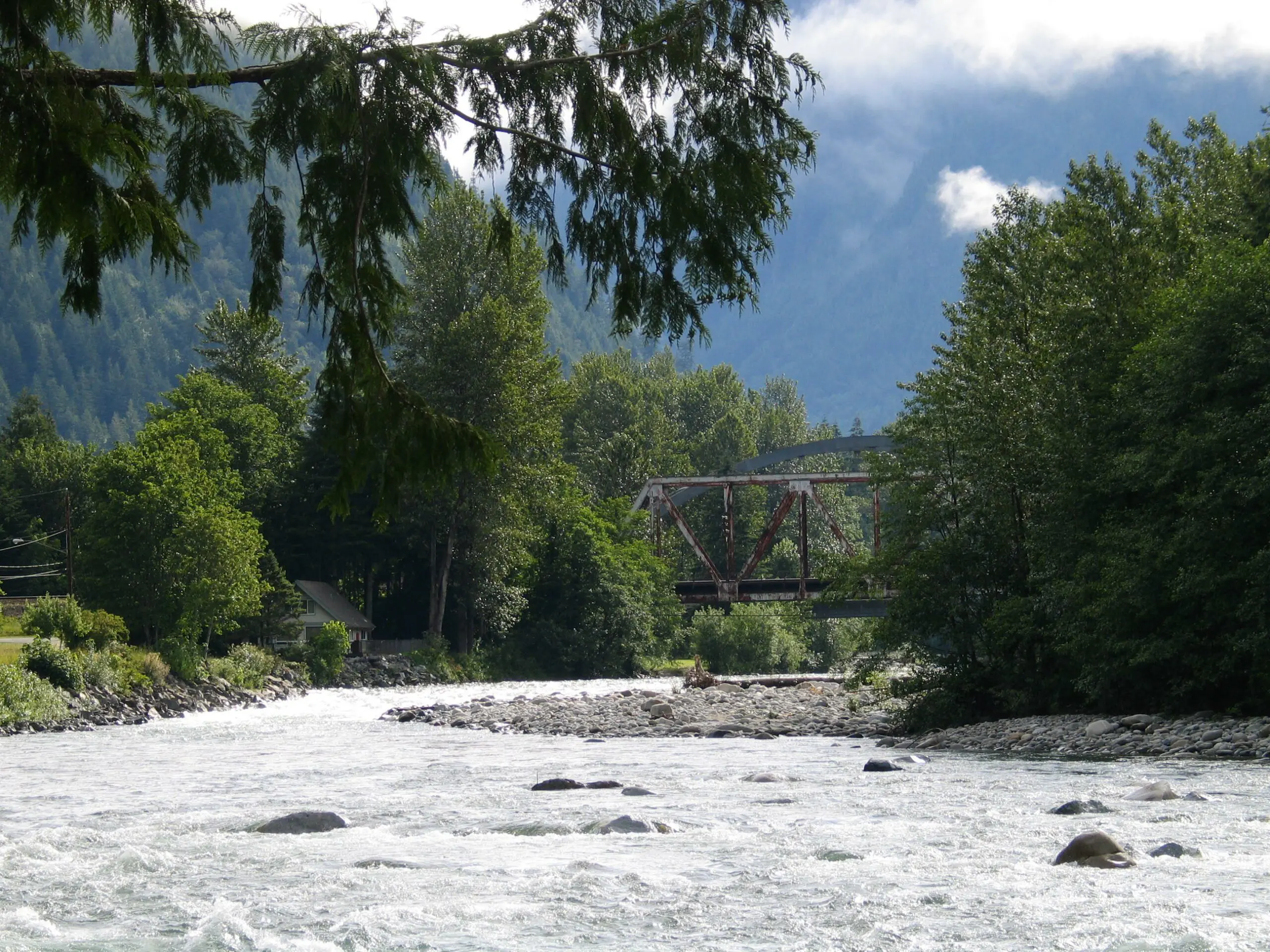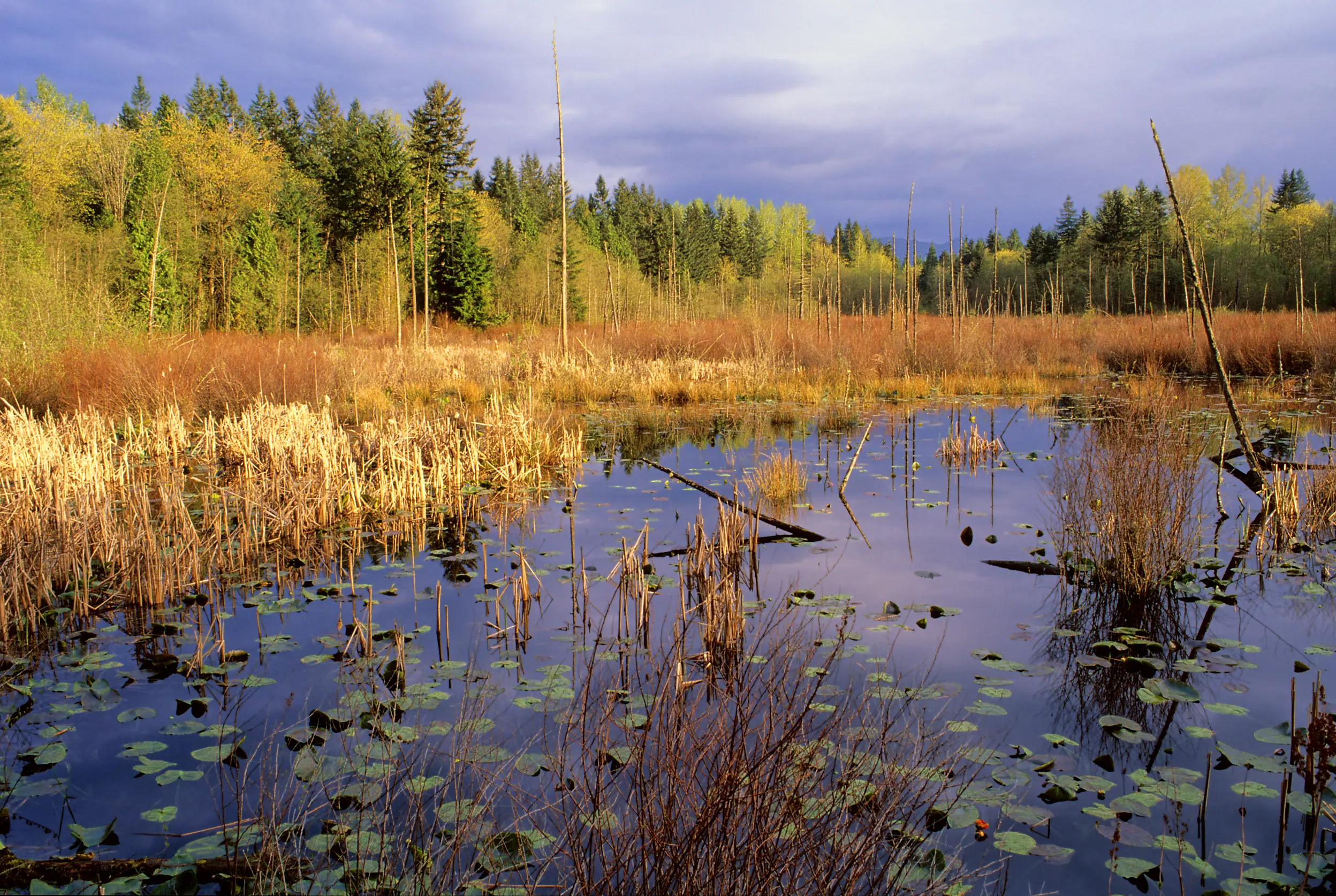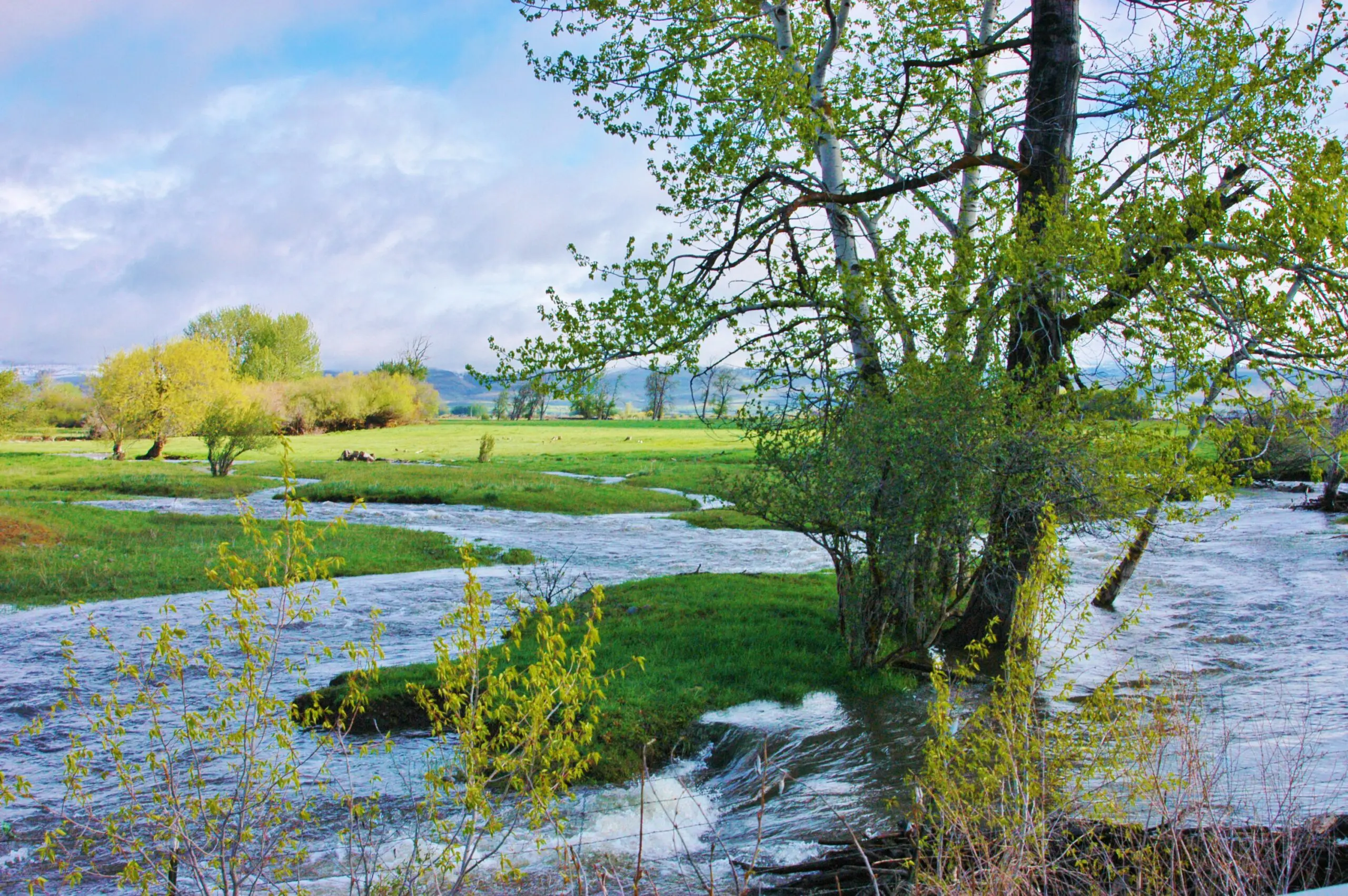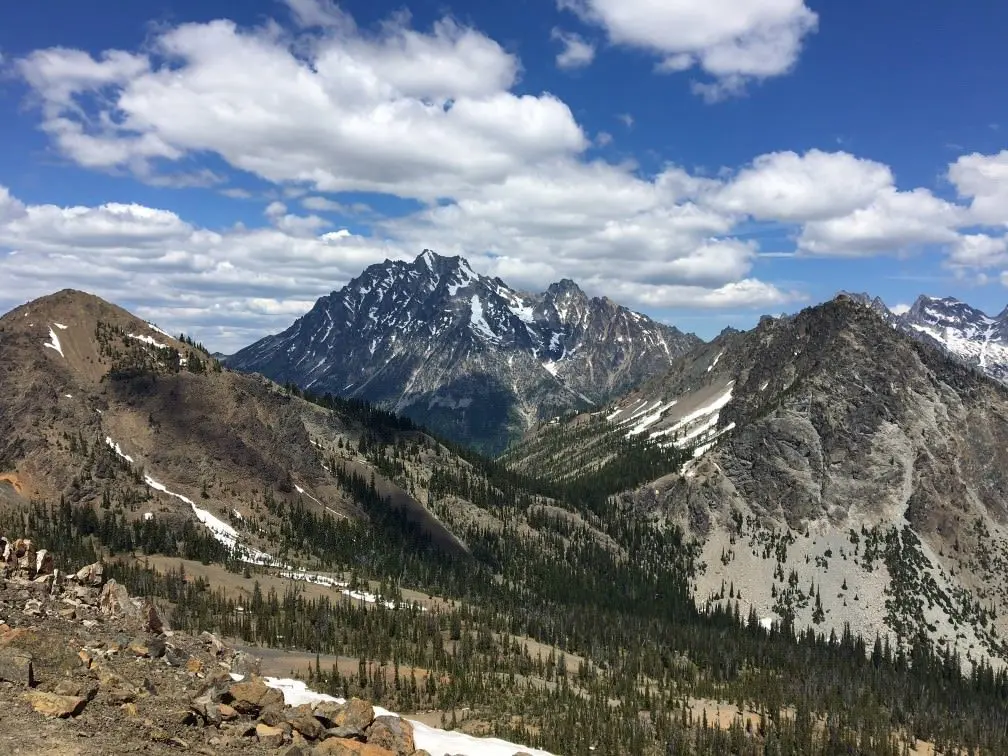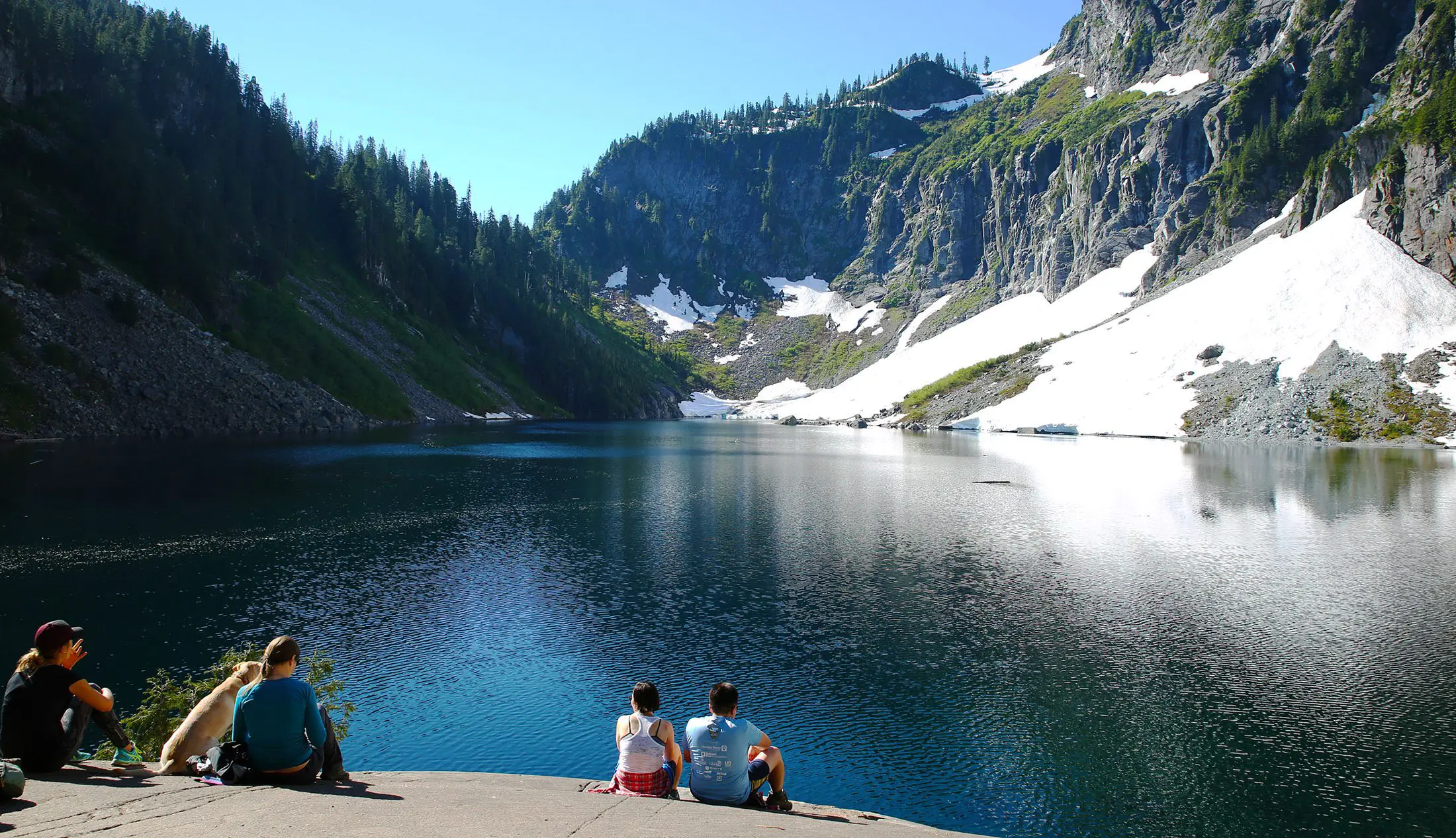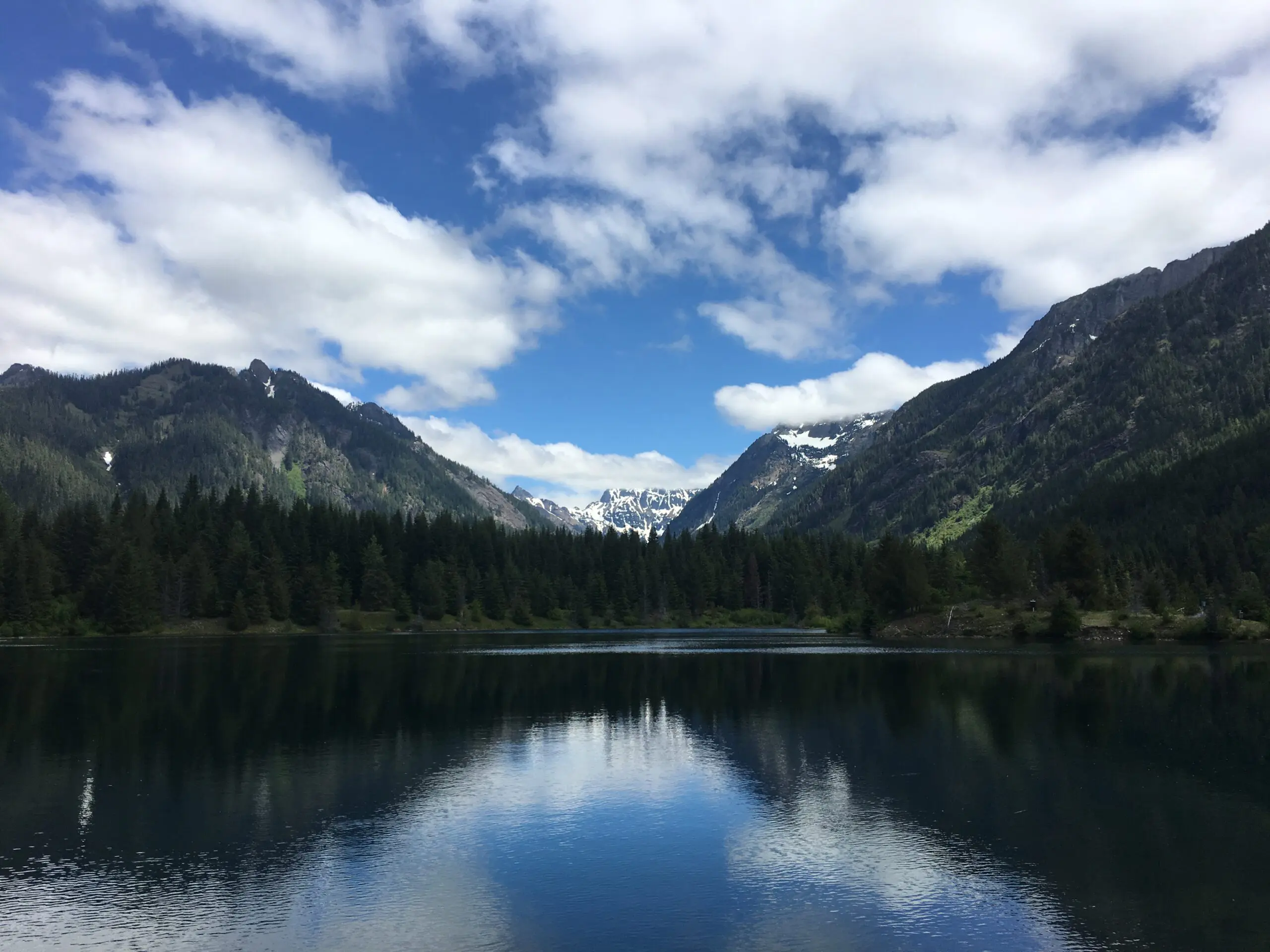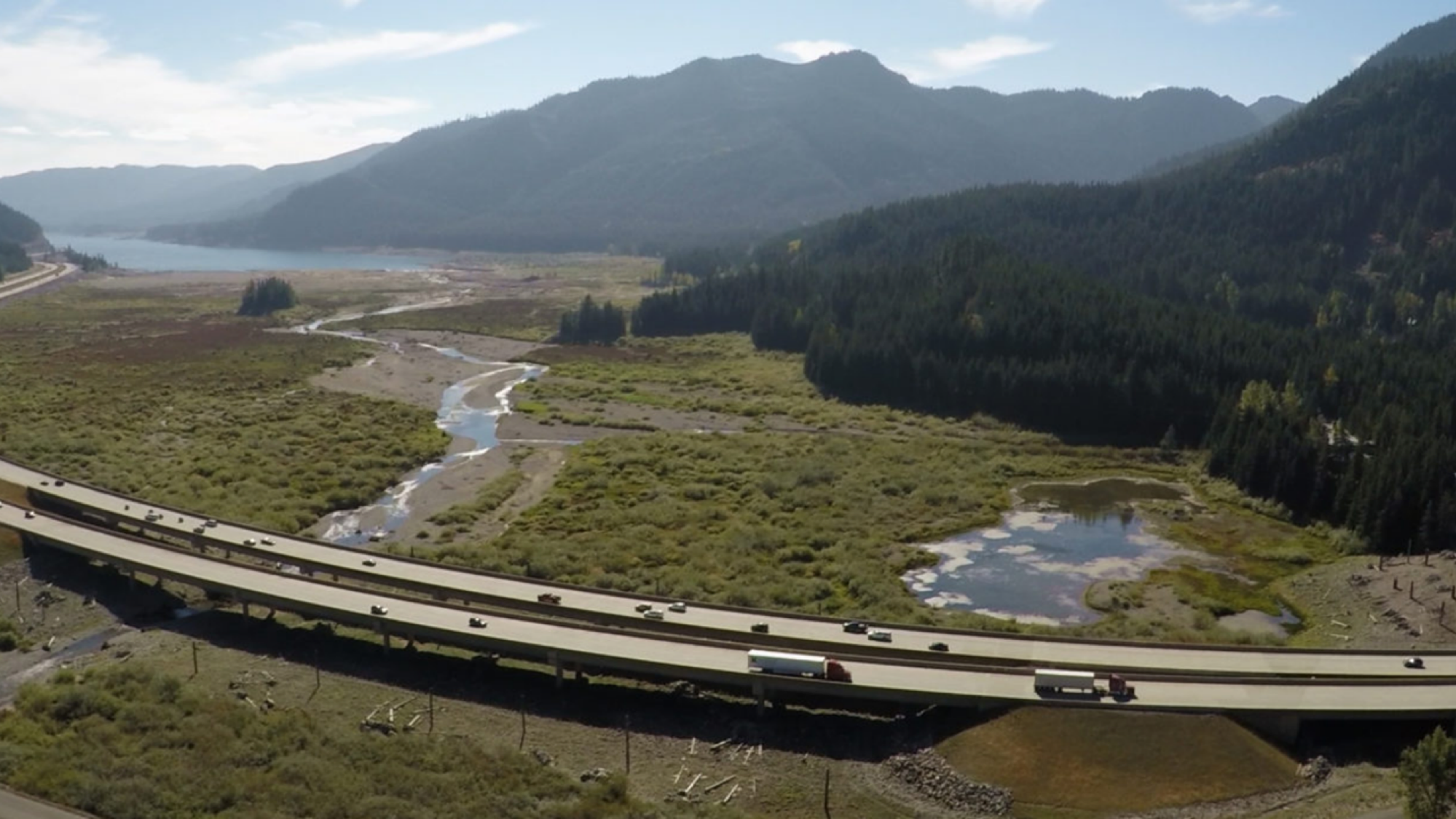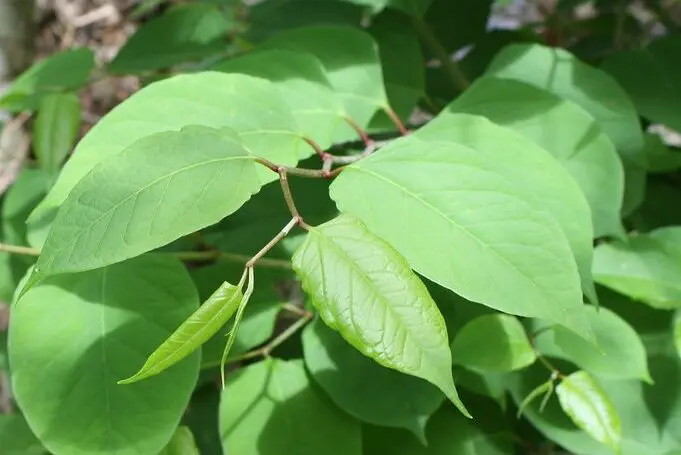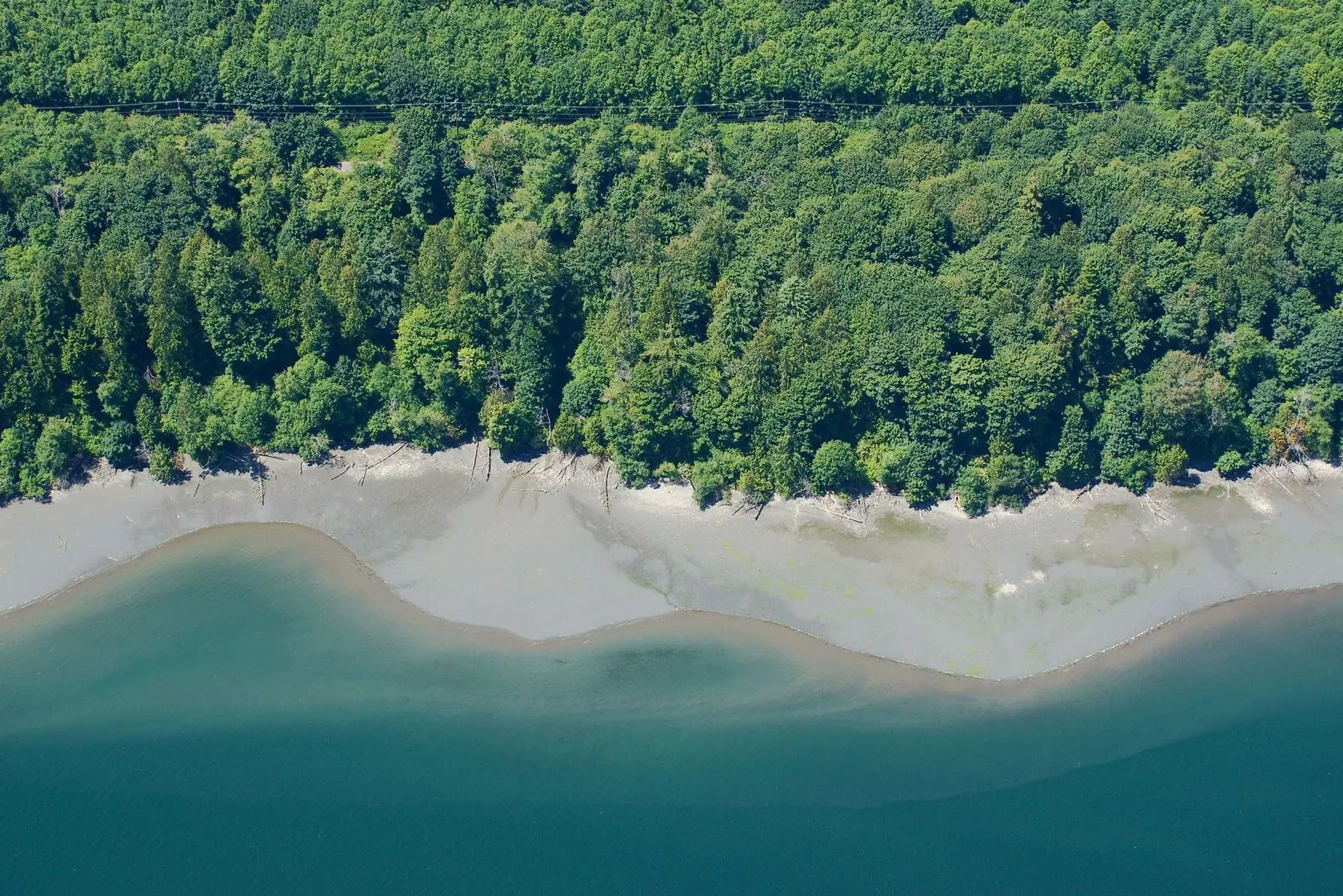Welcome to Morse Wildlife Preserve!
The Morse Wildlife Preserve contains more than 90 acres of land that was preserved to be wildlife habitat. It also provides an exceptional educational and recreational experience for hundreds of visitors each year. Forterra, Tahoma Bird Alliance, and the Morse Force work together to help steward the land for today’s visitors and future generations.
The preserve started with a donation of approximately 50 acres from Lloyd and Maxine Morse. A private party purchased another 40-plus acres and then donated that land to the Tahoma Land Conservancy (now Forterra). Forterra owns the property, while the Tahoma Audubon Society provides educational programming and support. The Morse Force, a group of dedicated local volunteers, provides essential management and maintenance support.
The preserve is an exceptional educational opportunity to learn about five critical habitats. As you walk the trails, look for:
- Dry Douglas-fir forest
- Prairie
- Oregon white (Garry) oak savanna/ woodland
- Moist lowland mixed forest (cedar, hemlock, Sitka spruce and Douglas-fir)
- Wetlands and Muck Creek
Visiting Morse Wildlife Preserve
Morse Wildlife Preserve is open in 2025 to the public from 9am-3pm on Second Sundays, April through October: April 13 , May 11, June 8, July 13, August 10, September 14, and October 12.
Please note, pets are not allowed at the preserve and should be left at home when visiting.
Directions: 25415 70th Ave E., Graham, WA
WILDLIFE PROGRAM
With several different types of habitats on the property, it is an ideal home for many bird species, from owls and other raptors to aquatic fowl and (as of 2007) the uncommon western bluebird. Erecting bird boxes and fostering vegetation to provide food and cover encourages the growth of bird populations on the property.
The wetland, covering about half of the Preserve, includes a large pond and several open channels. Both migrating and resident birds use the wetland, which changes configuration regularly because of beaver dam building. Other mammals, such as deer, coyote, bobcat, rabbits, and a variety of rodents live here or make foraging visits. Cougar, bear, and elk are more infrequent visitors, but are present in the area. Additionally, the Preserve’s excellent avian habitat makes it a prime monitoring site for the Monitoring Avian Productivity and Survivorship (MAPS) Program.
Land Acknowledgement
We gather and live on the plains, plateaus, mountains, and coastal lands that have been home to Indigenous peoples since time immemorial. We respect their Indigenous, Tribal and Treaty Rights while honoring their stewardship and culture today.
